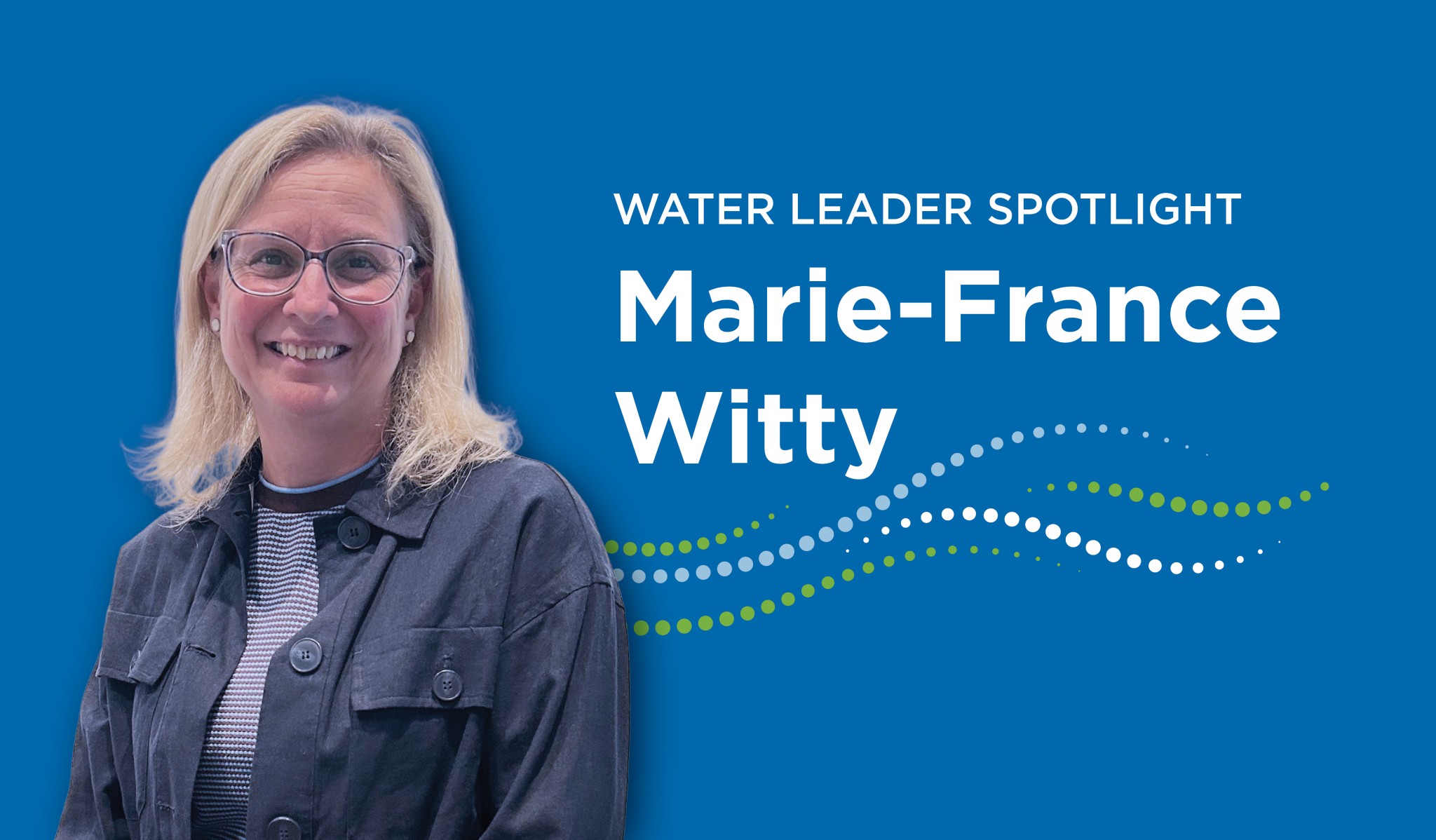Advancing levels of service in the context of uncertainty
Canadian Water Network (2020-2022)

Challenge
Utilities across Canada have different approaches to levels of service. Although there is no one-size-fits-all approach to defining, managing and monitoring levels of service, creating a shared understanding is central to balancing customer expectations with corporate and asset priorities and realities. Utility managers are responsible for setting appropriate levels of service by outlining key considerations and trade-offs for a range of options. But ultimately, levels of service are established by city councils.
Developing clear and explicit levels of service has been a challenge for many utilities due to the multiple perspectives and expectations involved. For example:
- A utility needs to fulfill various goals and objectives, like minimizing water main breaks.
- Customers expect reliable access to clean drinking water.
- Assets dictate the levels of service they are capable of accomplishing based on age and condition.
Each of these perspectives should be incorporated into the design and development of levels of service.
Changing customer expectations, evolving technologies, aging infrastructure and climate change are driving the re-evaluation of municipal water, wastewater and stormwater levels of service. In Ontario, O.Reg.588/17 requires municipalities to create a strategic asset management policy that addresses operations, levels of service and lifecycle management. Canada’s Drinking Water Quality Guidelines set specific parameters (e.g., microbiological, chemical/physical, radiological, etc.) that influence levels of service. Similarly, the 2012 federal Wastewater Systems Effluent Regulations (WSER) includes enforceable actions and standards that shape levels of service.
In the process of re-examining levels of service, utilities need to consider solutions that can achieve local objectives and provide flexibility in operations. For example, temporary flooding in parklands with evacuation protocols may be suitable for some areas, while expanded underground overflow storage infrastructure is the best solution in other areas, so long as public safety and access to hospitals are maintained.
Project
In October 2020, Canadian Water Network launched a Strategic Sharing Group for members of the Canadian Municipal Water Consortium to discuss strategies for advancing levels of service for municipal water, wastewater, and stormwater systems. The group’s objectives were to:
- Exchange knowledge with other utilities about what work was underway on advancing levels of service, risk management frameworks and design standards.
- Identify shared challenges and roadblocks in advancing levels of service in water, wastewater and stormwater utilities.
- Advance strategy development and best practices for defining, establishing and/or revising levels of service targets.
Strategic Sharing Groups provide unique and meaningful peer-to-peer sharing opportunities on emerging strategic issues. Water and wastewater utility leaders across Canada benefited from the Levels of Service Strategic Sharing Group because they had the ability to drive discussions based on emerging needs within their respective communities. Subsequently, they used the knowledge they gained from each other to develop or advance work related to defining, setting and assessing levels of service targets and programs.
Outcomes
Members of the Levels of Service Strategic Sharing Group participated in eight meetings between 2020 and 2022. Five overarching themes emerged from the meetings:
- Cross-departmental and cross-sectoral collaboration, coordination and internal engagement.
- Customer, public, Council and board awareness and engagement.
- Data collection, storage, tracking, management, accessibility and use.
- Water equity and affordability.
- Sustainably financing levels of service.
Cross-departmental and cross-sectoral collaboration, coordination and internal engagement
- Successfully embracing a culture of levels of service across the organization requires creating a line of sight between organizational purpose and performance measures, as well as taking a top-down and bottom-up approach.
- Crossing organizational silos is critical in creating a common understanding across the utility and identifying important links between technical, corporate and customer levels of service.
- Collaborating across departments for data management, analysis, resources and planning can help improve the transfer of information. It can also create more direct data collection and input, leading to more effective planning and prioritization processes.
Customer, public, Council and board awareness and engagement
- Because most infrastructure is below ground, building public awareness and understanding of critical water, wastewater and stormwater systems is an important first step for enhancing a utility’s ability to shape meaningful and relatable customer levels of service.
- Identifying what is important to the customer by including the customer voice in performance metrics can help ensure the utility consistently meets expectations.
- Transforming corporate and technical levels of service across all departments into goals and targets that reflect what customers want and need can result in more appropriate levels of service that resonate.
- Deepening understanding of diverse customer segments is critical to successfully advancing levels of service that resonate with the customer. Once a utility understands who its customer is, it can begin to explore the right engagement strategies that yield key customer insights.
Data collection, storage, tracking, management, accessibility and use
- Data governance remains an area in which most participating utilities and municipalities are in the early stages. Having a governance structure or framework in place has been highlighted as essential to effectively moving levels of service forward.
- The struggle to collect good quality data versus higher volumes of data is a challenge that municipalities and utilities across Canada face. This challenge becomes even more pronounced in the face of rapid growth and development, giving rise to various challenges in terms of finances, work planning, capacity, maintenance, and overall planning.
- Because data is oftentimes collected in silos, standardized collection, organization, access, analysis and ability to effectively use data to drive cross-cutting utility-wide decision-making remains a work in progress.
Water equity and affordability
- The COVID-19 pandemic brought many inequities to the forefront. Many programs do not always target the communities or stakeholders that are most often underrepresented. Many municipalities expect a cultural shift that will prioritize integrating equity practices across utility approaches and ensure broader engagement with all stakeholders.
- One of the many equity-related challenges is ensuring that historically underrepresented stakeholders have opportunities to share their experiences to help build effective equity practices. This includes evaluating how programs, incentives and subsidies are received and ensuring they can be accessed equitably by the people who need them.
Sustainably financing levels of service
- Aligning levels of service with long-term financial planning is critical in assessing the value of investments and identifying gaps.
- Finding a balance between assets, financials, operations and customer expectations is critical to sustainable utility management. This is especially important in the context of changing customer expectations and competing priorities.
The Levels of Service Strategic Sharing Group will continue to meet annually. A summary of key insights was provided to members of the Canadian Municipal Water Consortium at the conclusion of the group. For more information, contact Katina Tam at [email protected]












